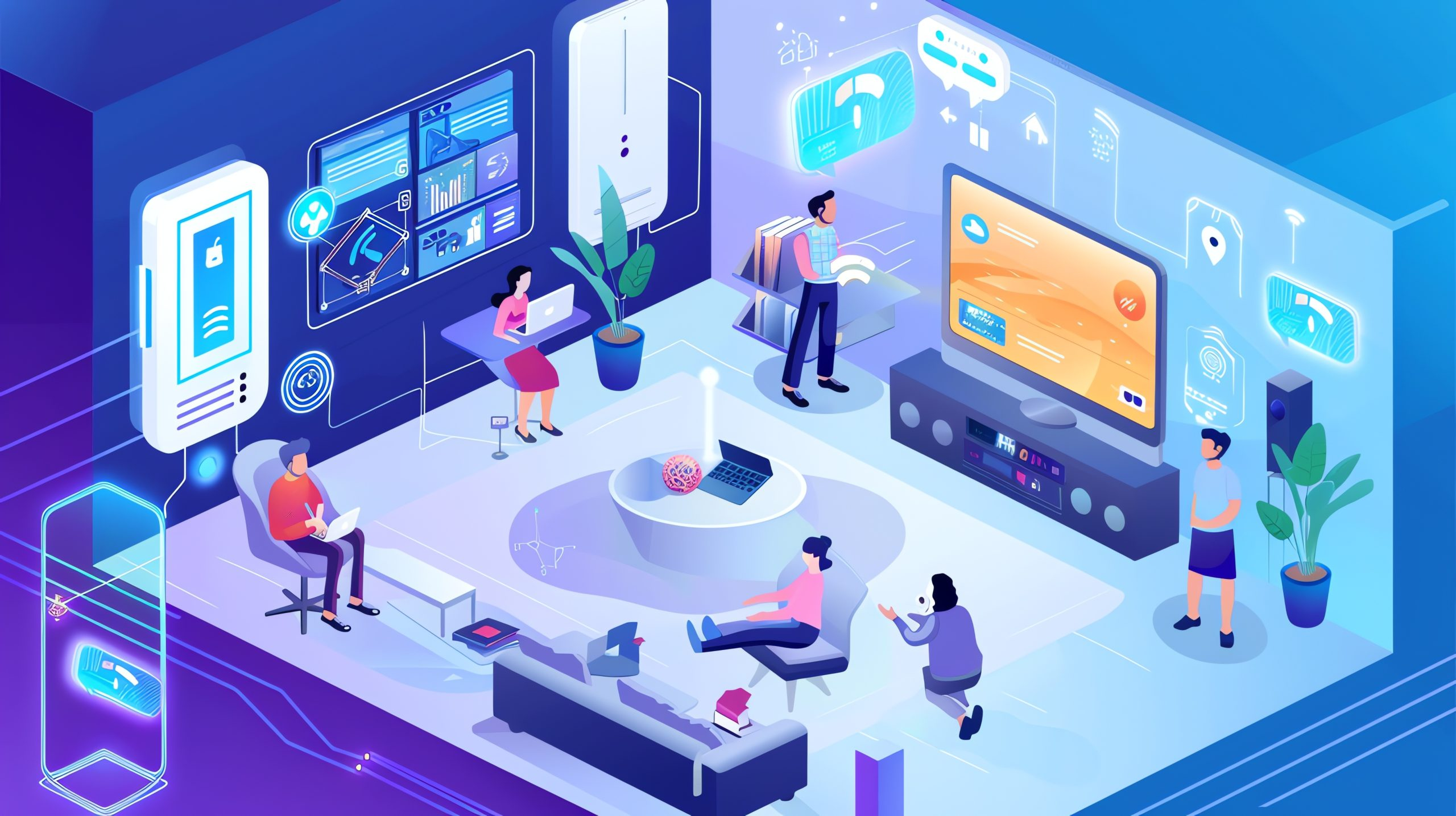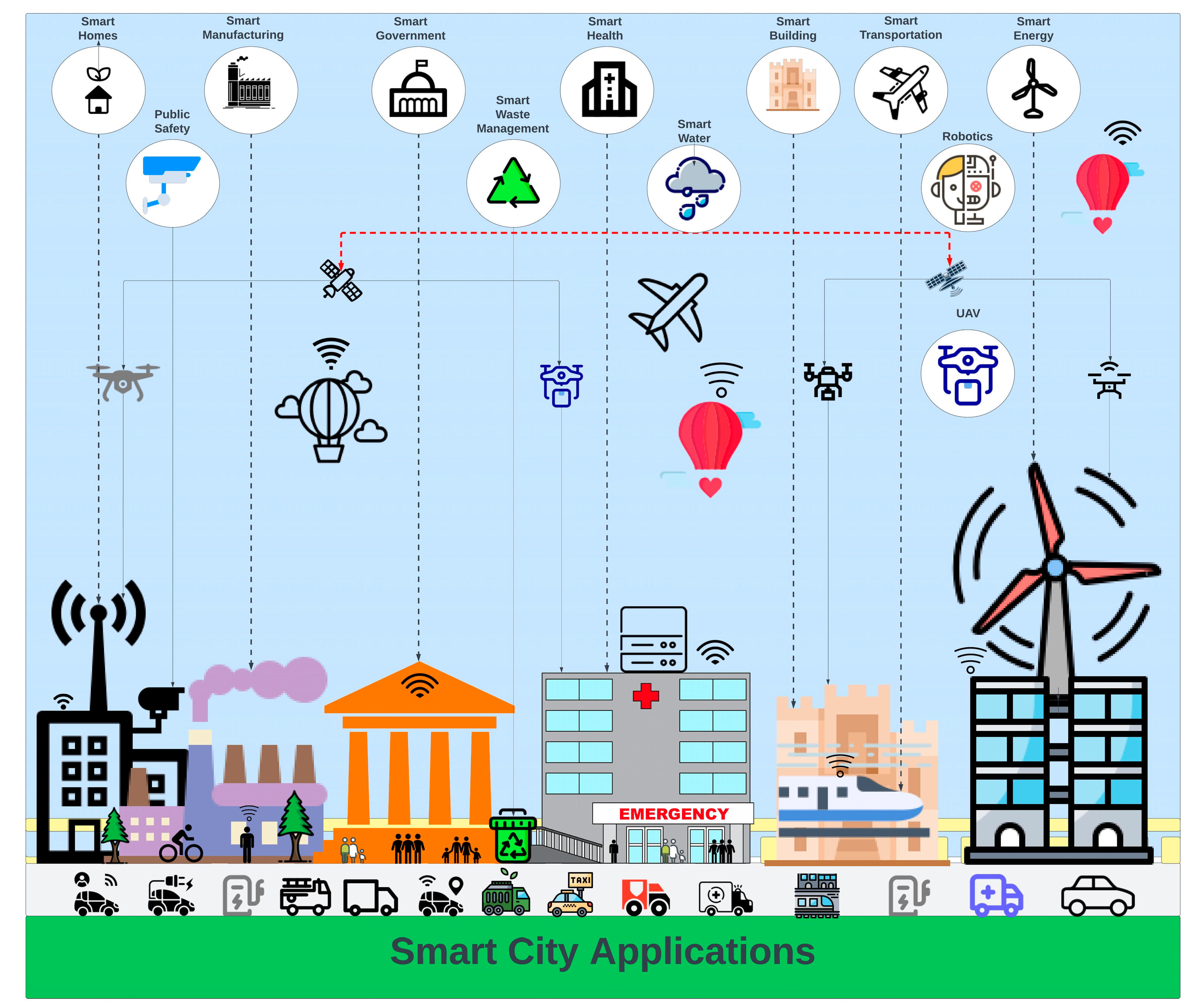- Published on
IoT Smart Devices and the Connected Future
- Authors

- Name
- Adil ABBADI
Introduction
The Internet of Things (IoT) has been gaining momentum over the past decade, transforming the way we live, work, and interact with our surroundings. The proliferation of smart devices has brought about a new era of convenience, efficiency, and innovation, blurring the lines between the physical and digital worlds. In this article, we'll delve into the world of IoT, examining the current state of smart devices, the benefits and challenges they present, and what the future holds for this rapidly evolving field.

- The Rise of Smart Devices
- IoT in Action: Real-World Applications
- Challenges and Concerns
- The Future of IoT
- Conclusion
- Final Call-to-Action
The Rise of Smart Devices
Smart devices have become an integral part of our daily lives, from fitness trackers and smartwatches to virtual assistants and smart home appliances. These devices are equipped with sensors, microprocessors, and communication capabilities, enabling them to collect and exchange data with other devices and the cloud. This interconnectedness has given rise to new applications, services, and business models that are transforming industries and revolutionizing the way we live and work.
# Example Python code for a simple IoT device using Raspberry Pi
import RPi.GPIO as GPIO
import time
GPIO.setmode(GPIO.BCM)
GPIO.setup(17, GPIO.OUT)
while True:
GPIO.output(17, GPIO.HIGH)
time.sleep(1)
GPIO.output(17, GPIO.LOW)
time.sleep(1)
IoT in Action: Real-World Applications
IoT is not just limited to smart homes and consumer devices; it has far-reaching implications for various industries, including:
Healthcare
IoT-enabled wearables and sensors are revolutionizing healthcare by enabling remote patient monitoring, predictive analytics, and personalized medicine.

Industrial Automation
IoT is transforming the industrial landscape by enabling real-time monitoring, predictive maintenance, and optimized production processes.
// Example Java code for IoT-based industrial automation using Apache NiFi
import org.apache.nifi.processor.AbstractProcessor;
import org.apache.nifi.processor.ProcessContext;
import org.apache.nifi.processor.ProcessSession;
public class IoTIndustrialAutomation extends AbstractProcessor {
@Override
public void onTrigger(ProcessContext context, ProcessSession session) {
// Process IoT sensor data and trigger alerts or actions
}
}
Smart Cities
IoT is enabling the creation of smart cities, where infrastructure, transportation, and services are optimized for efficiency, sustainability, and citizen engagement.

Challenges and Concerns
While IoT offers numerous benefits, it also raises concerns about:
Security and Privacy
The proliferation of IoT devices has created new vulnerabilities, making it essential to prioritize security and data privacy.
// Example C code for IoT device security using encryption
#include <openssl/aes.h>
void encrypt_data(char* data, int data_len) {
AES_KEY aes_key;
AES_set_encrypt_key(key, 128, &aes_key);
AES_cbc_encrypt(data, data_len, &aes_key, iv, AES_ENCRYPT);
}
Interoperability and Standards
The lack of standardized protocols and interoperability between devices and platforms is hindering the widespread adoption of IoT.
Environmental Impact
The increasing number of IoT devices has raised concerns about electronic waste, energy consumption, and the environmental impact of the IoT ecosystem.
The Future of IoT
As IoT continues to evolve, we can expect to see:
Edge Computing
The growth of edge computing will enable faster processing, reduced latency, and improved security for IoT applications.
Artificial Intelligence and Machine Learning
The integration of AI and ML will enable IoT devices to learn from data, make predictions, and take autonomous decisions.
Quantum Computing
The advent of quantum computing will unlock new possibilities for IoT, enabling faster processing, advanced analytics, and enhanced security.
Conclusion
The IoT revolution is transforming our world, enabling new opportunities, and presenting new challenges. As we move forward, it's essential to address the concerns surrounding security, interoperability, and environmental impact. By embracing the potential of IoT, we can create a connected future that is more efficient, sustainable, and beneficial for all.
Final Call-to-Action
Join the IoT revolution and start exploring the endless possibilities it offers. Whether you're a developer, entrepreneur, or simply a curious individual, the future of IoT is waiting for you. Start building, innovating, and shaping the connected future today!
